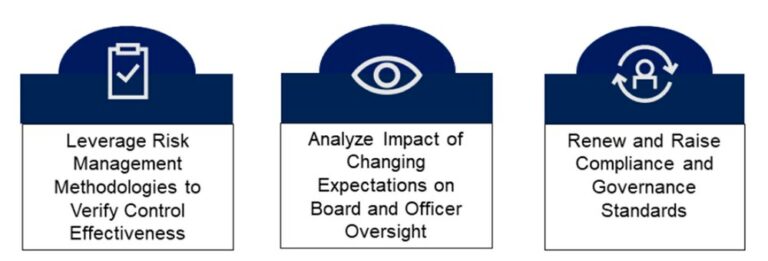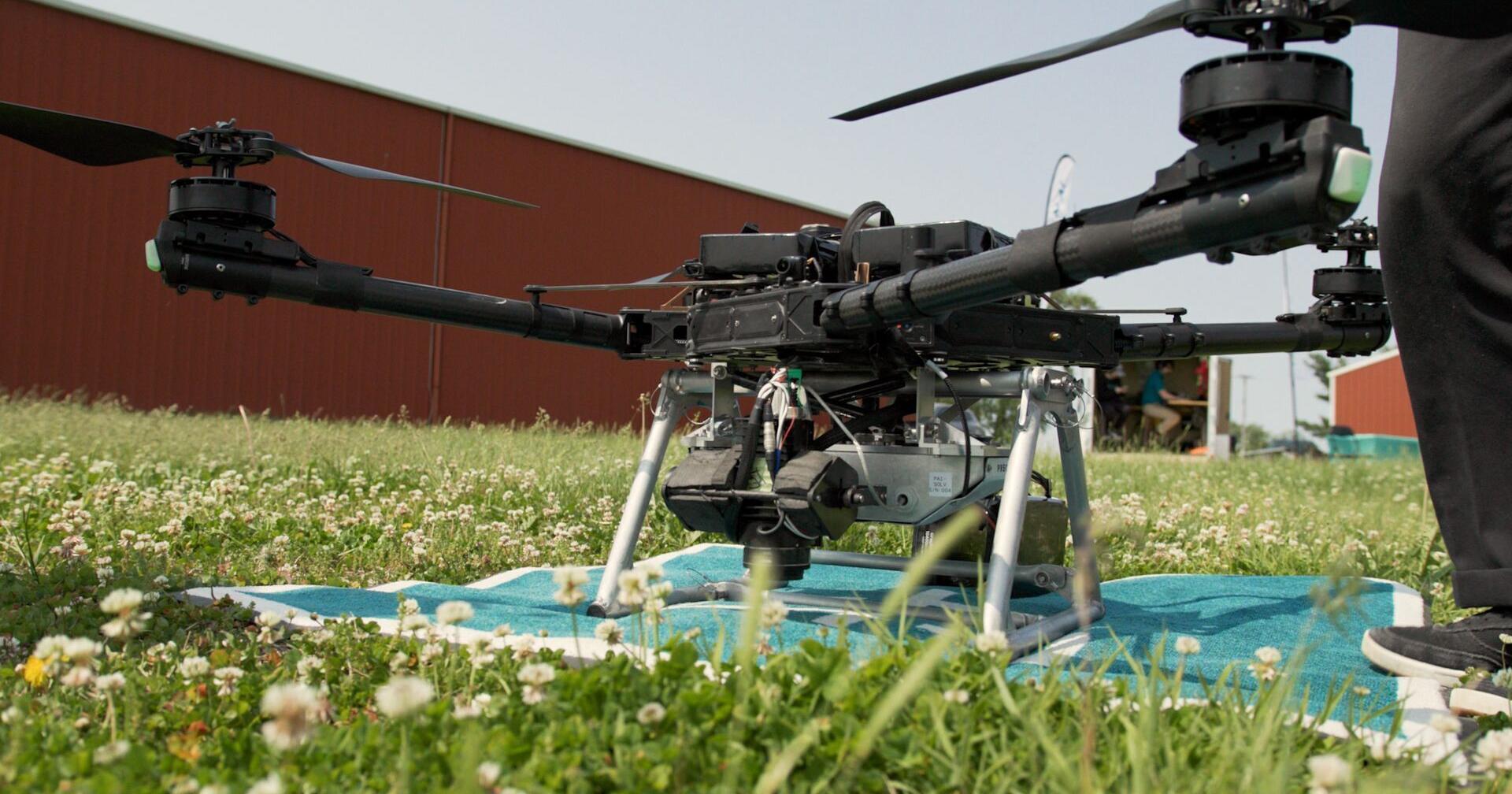Robots and machines have become integral to almost every human endeavor now and now, they are set to enter the human body, blood vessels in particular. Now, after taking inspiration from plants and fungi, scientists have come up with a method that can make soft robots travel the tricky pathways in the body.

“We were really inspired by how plants and fungi grow. We took the idea that plants and fungi add material at the end of their bodies, either at their root tips or at their new shoots, and we translated that to an engineering system,” Matthew Hausladen, one of the author of the paper published in the Proceedings of the National Academy of Sciences of the United States of America and a PhD student at the University of Minnesota, revealed.
This team of researchers at the University of Minnesota invented soft robots which can travel in difficult terrain by growing in length, prompting it around corners and other turns. Scientists tested these soft robots by squeezing out a long rope of resin to push it along its path.
But what exactly does a soft robot mean? Scientists explained that soft robots have flexible bodies, which can be controlled by manipulating materials to make them crawl on their journey. These kinds of robots are expected to steer through difficult unapproachable environments, for example in a human body.
Scientists have used E-SLIP, a growing soft robot which was capable of lengthening many times its original body length, excavating in a simulated soil, passively avoiding obstacles, and traversing tortuous paths. Each of these soft robots emits a long cord of material that molds to their environment, all while pushing the devices along, just like a fungi, that can move through soil and grow along the roots of a tree.
“Our approach offers the possibility of a new materials-processing and growing robot platform for on-demand infrastructure, exploring, and sensing in a variety of confined, remote, or hard-to-access environments,” the researchers indicated.





